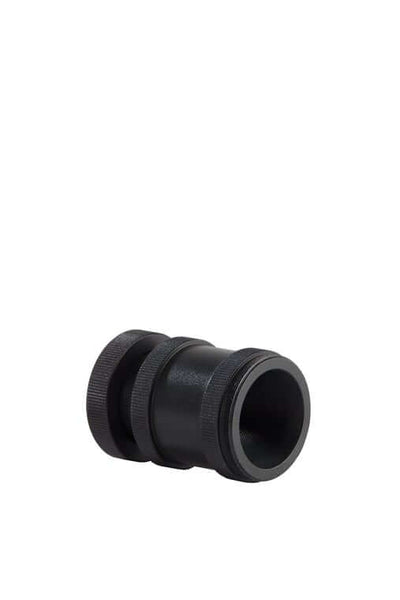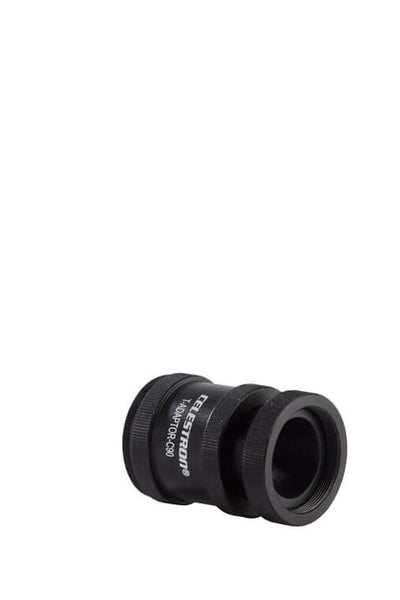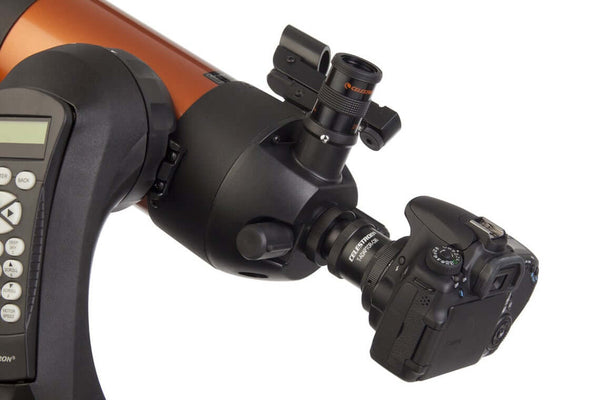







Why Purchase from All-Star Telescope?
Free Expert Support
Whether you are a first timer needing help with setting up or an enthusiast that can't quite make that one thing work, our expert staff are ready to support your needs. With decades of knowledge and first hand experience we've been there and we can help you through it!
Stress Free, Secure Transactions
You can trust purchasing and delivery with All-Star Telescope. All of our transactions are 100% secure and Level 1 PCI DSS compliant thanks to Shopify's ShopPay platform. For additional protection, we insure 100% of the value of every shipment we make. If it get's lost during shipment, we replace it. If it gets damaged during shipment, we replace it. We make sure your product arrives exactly as you would expect it to; we promise.
We also ensure privacy protection. We never keep any of your credit card information on file and any of your personal data is stored according to our policies.
30 Day Return Policy
Buy with confidence knowing that we accept returns up to 30 days after purchase. We want you to have something you will actually use and we are confident that we keep good quality products in our store with No Junk.
Price Match Promise
Shipping around for the best price is tough, we make it easier by offering the best pricing in the market. But if you find a better price on an in-store item somewhere else we will match it!
Product Description
This sturdy aluminum T-Adapter is the accessory of choice if you’d like to attach an SLR or DSLR camera to the smaller rear cell threads of a Celestron NexStar 4SE telescope or C90 spotting scope for prime focus photography.
To get started, you’ll need the appropriate T-Ring for your camera body (#93402 for Nikon & #93419 for Canon EOS). Remove the lens from your camera and attach the T-ring in its place. Since the T-ring is camera-brand specific, it will snap right on just like a lens. Next, remove any accessories from the rear cell of your telescope. Screw the Celestron NexStar 4SE T-Adapter onto the rear cell threads until secure. Now, thread the T-ring & camera onto the T-Adapter. That’s all there is to it. The camera is now using your telescope as a telephoto lens.
Prime focus photography is popular for short exposure images of terrestrial objects as well as celestial objects like the Moon.

